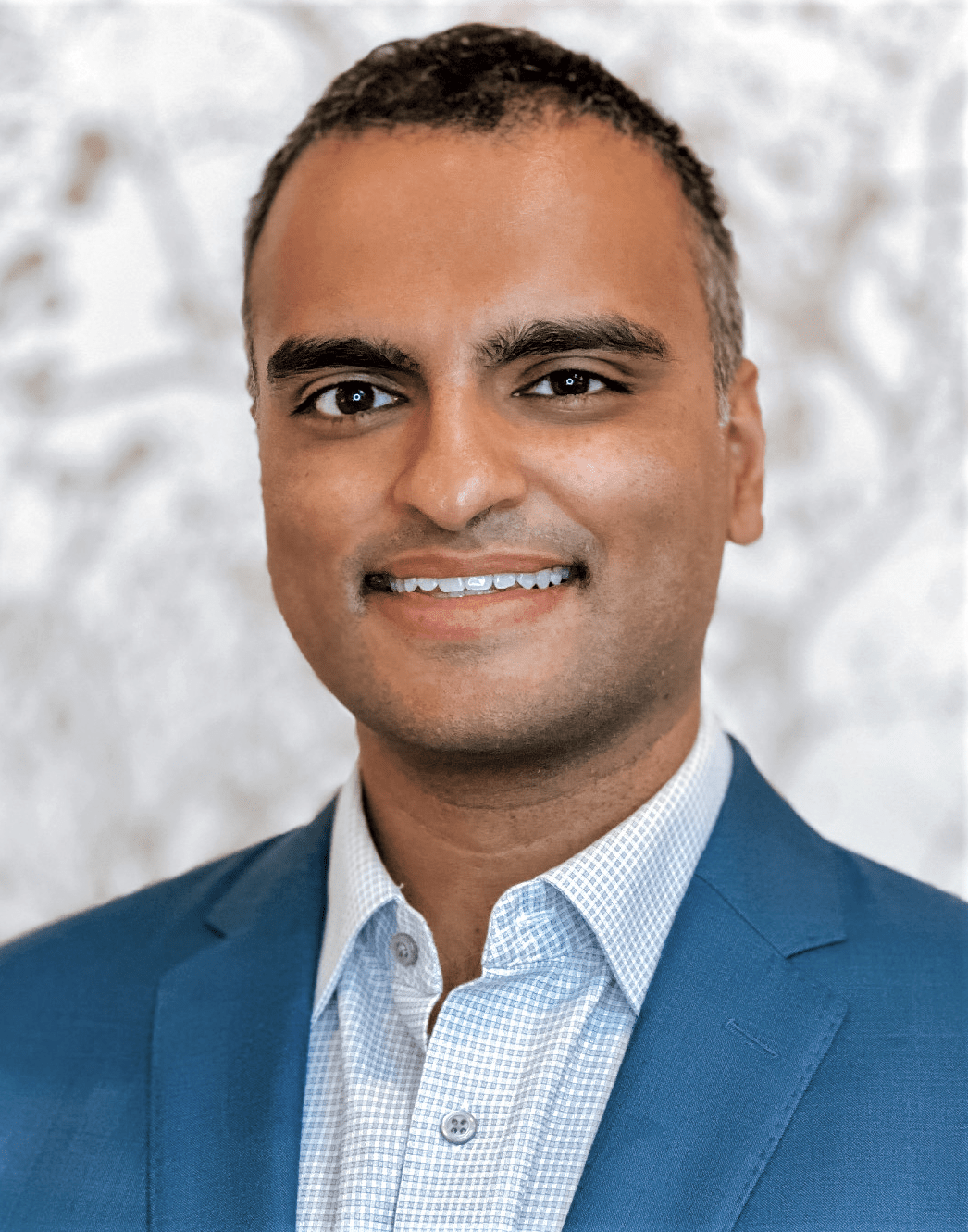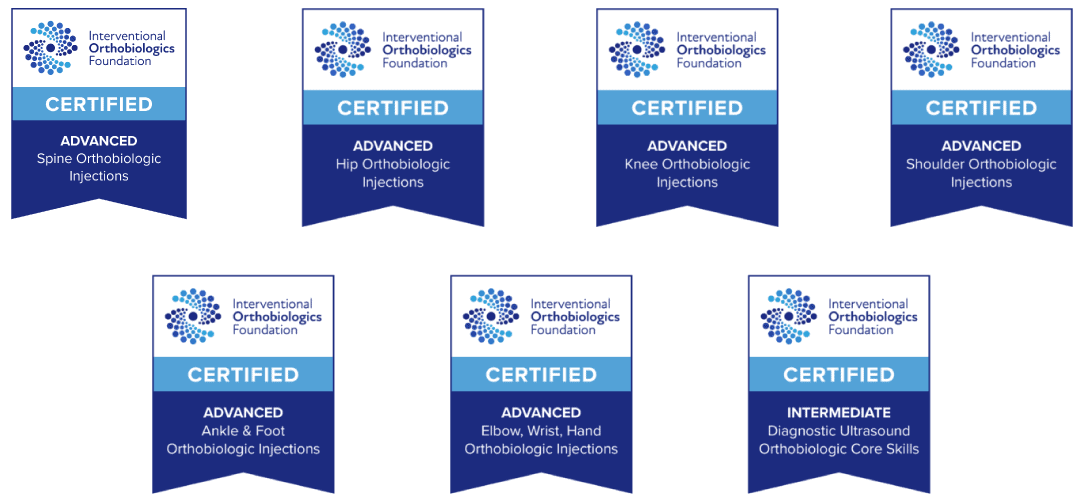
Sports Medicine Brooklyn NYC
Playing sports is a great way to stay healthy and have fun. But injuries can happen. If you’ve been sidelined by a sports injury, At Physio Logic NYC we can help. We have a team of experienced sports medicine professionals who can diagnose and treat your injury and get you back to the game you love. Physio Logic Sports Medicine Doctors offers a variety of sports medicine services, including physical therapy, chiropractic care, and rehabilitation. Don’t let an injury keep you from enjoying your favorite sport.
Nonsurgical Orthopedics
In today’s world, staying active is important. But sometimes, pain can hold you back. If you’re experiencing pain from a musculoskeletal injury, Physio Logic NYC can help. They offer a variety of non-surgical treatments to get you back on your feet and feeling your best. Whether you’re dealing with pain from a sports injury, a work injury, or everyday wear and tear, Physio Logic NYC has the expertise to help.
Meet with a Non-Surgical Orthopedics and Sports Medicine Doctor to discuss the following treatments:
- Optimal recovery for professional athletes, weekend warriors, or active elderly
- On-site x-ray imaging
- Focus on sports/overuse injuries, spine & joint pain, arthritic and degenerative conditions
- Customized treatment plans to improve physical function and achieve optimal health and overall wellbeing
- Non-surgical treatments include: stem cell therapy, platelet-rich plasma (PRP), cortisone treatment for inflammation, viscosupplementation treatments, nerve block/radiofrequency ablation, trigger point therapy
- Non-narcotic medication options including Medical Marijuana
Nonsurgical Sports Medicine
Interventional Orthopedics & Sports Medicine is led by our Double Board Certified Interventional Pain Specialist and Anesthesiologist, Dr. Tanuj Palvia, MD.
Interventional Orthopedics and Sports Medicine emphasize the prevention, diagnosis, and treatment of musculoskeletal injuries and chronic pain conditions using non-surgical modalities. Dr Palvia is well experienced in treating a variety of injuries to tendons, ligaments, bones, cartilage, discs, joints, and muscles, using minimally invasive techniques. He believes it is important to treat the entire body, not just the affected area, to reduce pain and optimize function.
Sports Medicine Doctor Brooklyn
Dr Palvia works in conjunction with Physio Logic’s Orthopedic Rehabilitation and Functional Medicine teams to create personalized treatment plans tailored for each patient’s needs, with the goal of allowing the patient to stay as active as possible. He uses advanced diagnostic tools such as x-ray, ultrasound and MRI as necessary to uncover any injuries that may be impeding a patient’s recovery and progress.
Dr Palvia, as a non-surgical sports medicine doctor, is dedicated to helping people of all ages and activity levels reach their health goals. Through the study of exercise, training and its influence on body function, Dr Palvia is able to provide comprehensive care in preventing injuries or managing chronic conditions that impact physical performance. Keep your best game going with trusted sports medicine expertise from Physio Logic.
MEET INTERVENTIONAL ORTHOPEDICS AND SPORTS MEDICINE TEAM

Dr. Tanuj Palvia, MD
Board Certified in Pain Management and Anesthesiology
Licenses and Accreditations

Read More on Interventional Orthopedics and Sports Medicine
Empowering Women’s Health: Essential Protocols for Pregnancy and Beyond
As women, our bodies undergo remarkable transformations during pregnancy and...
The Mediterranean Diet: 3 diet changes that can help reduce arthritic and musculoskeletal pain
The Mediterranean Diet By: Dana Engram | Medically Reviewed by Dr. Tanuj Palvia,...
NAD+ IV Therapy: Potential to Reverse Neurodegenerative Diseases
By: Dana Engram NAD+ and Aging Nicotinamide Adenine Dinucleotide (NAD+) is a...
Nonsurgical Orthopedics Treatments
Trigger Point Injections
Trigger Points are fibrous bands or “knots” of scar tissue that are felt over a muscle. When the layer of tissue overlying our muscles called the myofascia becomes injured or over used, the resulting scar tissue can be painful and refer pain to nearby areas of the body. An effective way to treat these trigger points is by receiving either ultrasound guided or unguided injections of simple sterile saline and a local anesthetic into the trigger point in order to break up the adhesion’s and relive the pain.
Fluoroscopy-Guided Epidural Injections
Epidural Steroid Injections are an effective method in treating pain caused by herniated or degenerated discs of the spine. When a disc becomes herniated it compresses the neighboring nerve, causing it to become inflamed. These nerves branch out and downward all the way to the toes and pain can be felt in the back, legs, and even the feet. During an Epidural Injection, fluoroscopy is used to precisely place the needle into the epidural space, which lies beyond the vertebrae, and deliver the medication. The medicine relieves the pressure on the nerves caused by the encroachment of the disc by reducing their inflammation.
Fluoroscopy-Guided Facet/Medial Nerve Blocks
Facet Joints are small joints all along either side of the spine that allow for the gliding of the individual bones during movement. Like all joints, facets are encapsulated. When the joint becomes damaged or irritated the capsule becomes inflamed, causing pain. Sometimes, this inflammatory process reaches the surrounding nerves. Facet Joint Injections are done under fluoroscopic guidance, administering anti-inflammatory medicine to help relieve the cause of pain. When the nerve is involved, the same methods of treating the fact joint can also treat its medial nerve.
Fluoroscopy-Guided Sacroiliac Joint Injections
The Sacroiliac Joints connect the sacrum and the hips. These joints act as a shock absorber and damage or dysfunction of the sacroiliac joints can mimic the pain caused by sciatic nerve injury or a herniated lumbar disc, which is why it is important to determine the true source of pain. These injections can be either diagnostic or therapeutic. An injection to the sacroiliac joint is done under fluoroscopic guidance, delivering anti-inflammatory medicine to the joint space to reduce the pain.
Ultrasound Guided Joint Injections (hips, knee, shoulders, feet)
Joints are necessary for several functions of the musculoskeletal anatomy including smooth motion and shock absorption. There are multitudes of ways in which a joint can become injured or damaged, but if there is an injury, a joint injection can provide both short and longer term pain relief. Joint injections are given under either ultrasound imaging guidance or fluoroscopic guidance, depending on the location and size of the joint. Joint injections can treat acute or chronic inflammation in large joints like hips, shoulders and knees as well as intermediate and small joints like elbows, ankles, wrists and even the tiny joints of the fingers and toes.
Ultraound Guided nerve Blocks
The signal of pain that a nerve sends to the brain can be interrupted using anesthetics. Nerve blocks can be performed to manage acute pain of the extremities or headaches caused by occipital nerves as well as for diagnostic purposes such as a selective nerve root block, which can help determine a specific cause of pain in the spine. Nerve blocks are performed under ultrasound imaging guidance.
Radiofrequency Ablations
Radiofrequency Ablation is a procedure in which, under fluoroscopic guidance, a needle is placed near the targeted nerve and an electrode is passed through to stimulate the nerve. Once the targeted nerve is identified, a small current of radiofrequency is administered, which heats the nerve effectively disrupting its conduction. With the activity of the treated nerve now interrupted, the signal of pain is not produced. RFA can provide longer lasting relief when other more conservative methods have failed.
Spinal Cord Stimulation
Spinal Cord Stimulation involves the implantation of a tiny, programmable generator, which is placed under the skin and emits electrical currents to the spinal column. Soft, thin wires with electrical leads on their tips are placed through a needle in the back near the spinal column under fluoroscopic guidance. In Spinal Cord Stimulation, the generator will then be programmed by the physician and adjusted as necessary to provide optimal pain relief. Patients will learn how to control the stimulation on their own and adjust it to their pain levels.
Joint viscosupplementation for arthritis (Synvisc/Supartz)
The major joints of the body (Hip, Shoulder, Knee) can become damaged, more specifically, the cartilage that overlies the bone. This is called osteoarthritis and can be caused by normal wear and tear, sports injuries or significant over use. The cartilage can begin to erode not only causing pain and inflammation but also compromising the health of the entire joint. One way to avoid surgical replacement of the joint is to try and maintain the health of the osteoarthritic joint with visco-supplemenation. A viscous material, usually hyaluronic acid, mimics the material found naturally inside the joint and helps to coat the cartilage. This allows the cartilage to glide more smoothly in instances where its surface is rough because of erosion.
FREQUENTLY ASKED QUESTIONS
What Is Sports Medicine In Brooklyn?
In Brooklyn, sports medicine is a special kind of healthcare that focuses on helping all kinds of athletes and active people to stay healthy. It works to prevent, diagnose, and treat injuries and conditions related to sports and exercise. The main aim is to make sure athletes perform better and feel their best.
What Do They Do In Sports Medicine In Brooklyn?
In Brooklyn, sports medicine professionals assess and treat sports-related injuries, musculoskeletal issues, and exercise-related health concerns of each patient. They provide personalized treatment plans, rehabilitation programs, and advice on injury prevention and performance enhancement for athletes and active individuals.
What Are The Types Of Sports Medicine?
Sports medicine encompasses various types and sub-specialties that include sports injury rehabilitation, exercise physiology, sports nutrition, sports psychology, and performance enhancement. Each focuses on specific aspects of sports-related health and performance.
What Is The Difference Between Sports Therapy And Sports Medicine?
Sports therapy generally involves hands-on treatment and rehabilitation for injuries and conditions related to sports activities. In contrast, sports medicine in Brooklyn includes a broader scope, involving injury treatment, prevention, performance optimization, and overall health management for athletes and active individuals. It is important to address your issues with a practitioner to understand which option will suit your needs.
What Is The Difference Between An Orthopedist And Sports Medicine?
An orthopedist in Brooklyn is a medical doctor that specializes in orthopedic surgery or an approach to non-surgical offerings and treating musculoskeletal conditions, including sports injuries. On the other hand, sports medicine professionals in Brooklyn may include orthopedic doctors, but they can also be non-surgical healthcare providers like sports medicine physicians, physical therapists, and athletic trainers, who focus on non-surgical interventions, injury prevention, and performance enhancement for athletes and active individuals.
What should I bring to my appointment?
When you come for your visit you should bring all the medications you are currently taking in their original bottles or an accurate, updated list. Bring all your medical records with you. Bring the films or CDs of any X-rays, MRIs or CT scans that you have had recently.
What if I’m pregnant?
After your discussion and exam, the doctor will review with you potential treatment options that are safe and efficacious during pregnancy.
How long does a procedure take?
Although most procedures take five to fifteen minutes, you may remain at our facility for a longer period of time because of admission, evaluation, procedure, recovery, and discharge time.
Will the procedure hurt?
The vast majority of our patients indicate that the procedures are relatively painless. Most procedures are performed with a local anesthetic, which usually reduces the discomfort of the procedure. When appropriate, sedation is also provided.
What should I expect on the day of my evaluation or treatment?
Wear comfortable clothes and leave unnecessary valuables at home.The medical assistant will bring you back to an exam room, review your history and verify your current medications.
Your physician will evaluate you and perform a physical exam. If a treatment is indicated, your physician will discuss the steps involved in the procedure, the expected outcomes and potential risks and then answer any remaining questions you have. You will be required to provide consent to permit your physician to do the procedure.
For most procedures, you will then be taken into the procedure room and positioned on a procedure table.
We make every effort to make you comfortable during the entire process. After completion of the procedure, you will be monitored for any side effects. You will be given follow-up instructions during the discharge process.
I am very nervous. Can I have sedation during the procedure?
Anxiety regarding injection procedures is not uncommon, especially when you don’t know what to expect. Most injections are very fast, and are for the most part, painless. You should discuss your anxiety with your physician when you are evaluated here. More than 98 percent of our patients do not need sedation and we discourage sedation in our pain practice. Your safety is our number one priority. It is important that we can directly communicate with you at all times during the procedure.
Should I continue to take my medications before the procedure?
Take all of your usual medications for other health conditions. The ONLY exception would be blood thinners, such as Plavix®, Pletal®, Coumadin®, Lovenox® and similar medications that “thin” the blood. Please let us know if you are taking Aspirin, Ibuprofen, Aleve® or other anti-inflammatory medications. Supplements like Vitamin E or fish oil may not be allowed before some injections. If you are taking a blood thinner, please inform our office and nurse at your first visit. With your physician’s approval, you will need to stop taking your blood thinner medication three to five days prior to your procedure.
Do I need to take off of work the day of my procedure?
You may need to take off of work after your procedure. We can provide a physician’s note for the day of the procedure at your request. We are NOT able to provide a “work excuse” for any day other than the day of your procedure.
What can I do after the procedure?
If you’ve had an epidural steroid injection, you should have a relaxing remainder of the day. You should limit your activities to your home. We do not recommend that you go back to work or do any major physical activity or air travel that day.
If you’ve had medial branch nerve blocks, facet joint injections or sacroiliac joint injections, you should do things that would normally aggravate your pain in order to test the effectiveness of the block.
For example, if you’ve had lumbar medial branch blocks for your lower back and you normally wouldn’t be able to touch your toes or mow the lawn, you should try to do those things over the six to eight hours after your medial branch nerve blocks. This “test” of your pain will let our physician know whether or not the procedure was successful.


